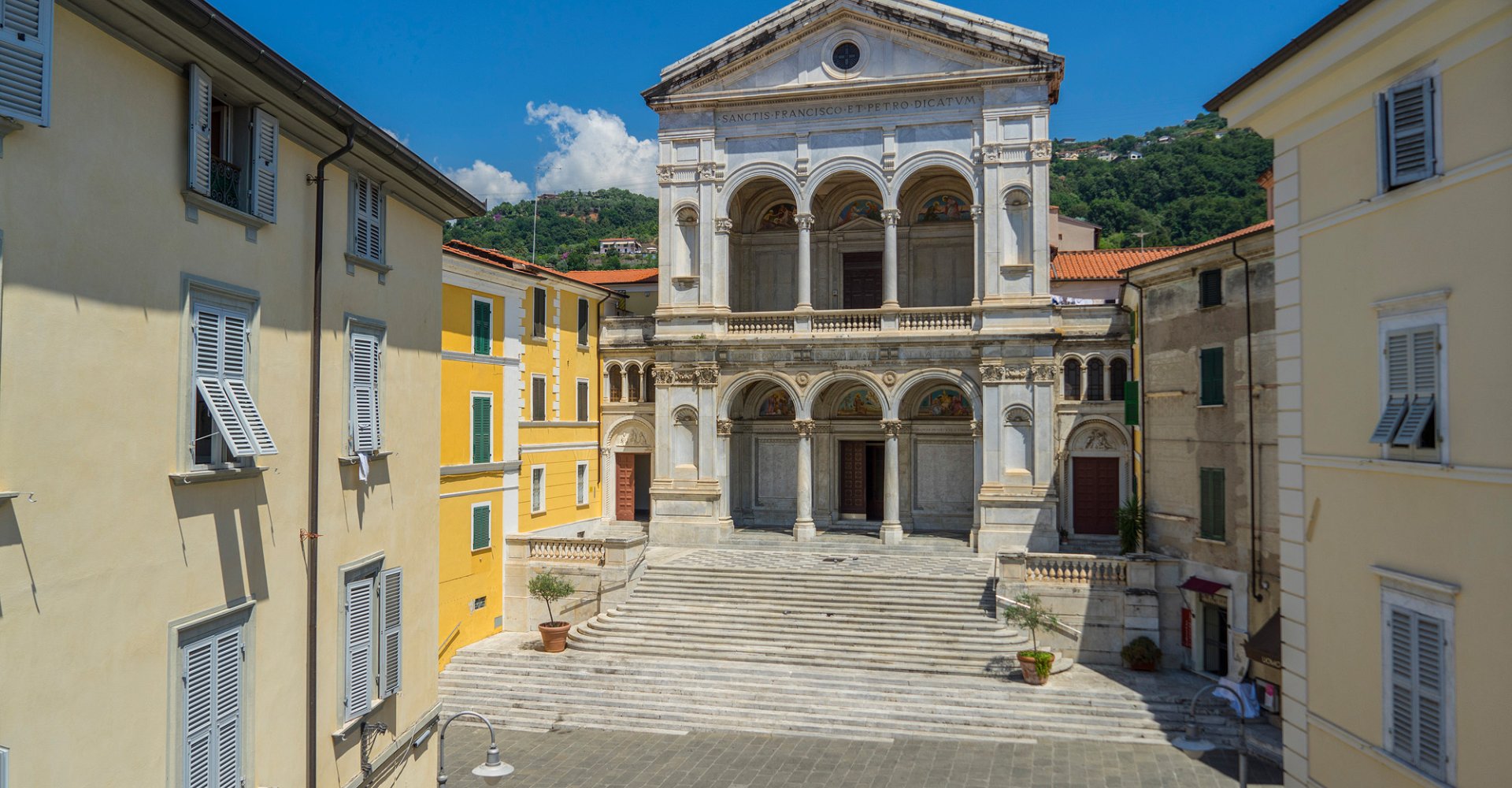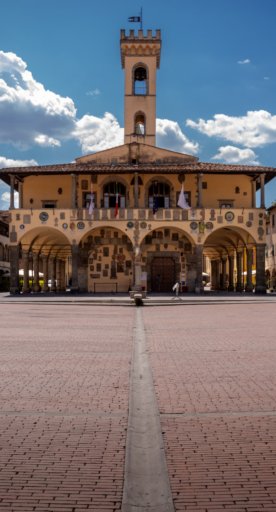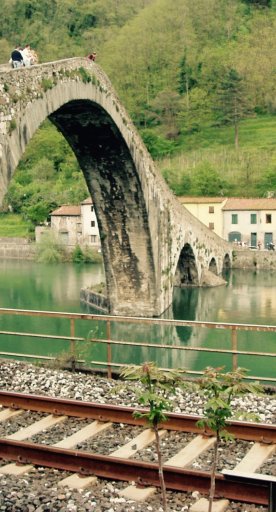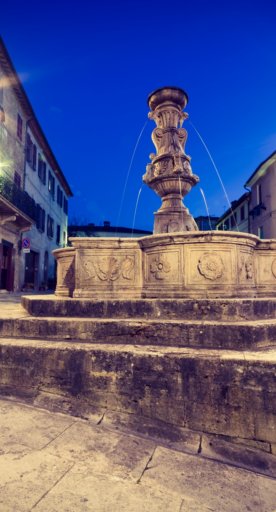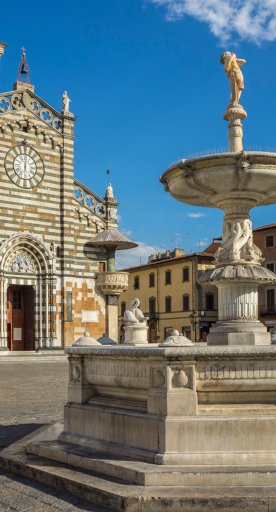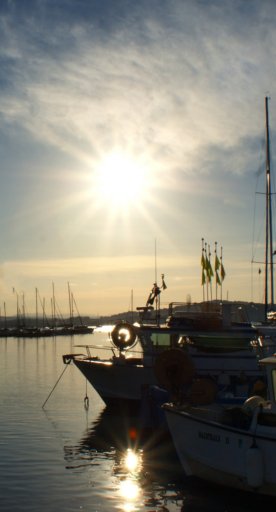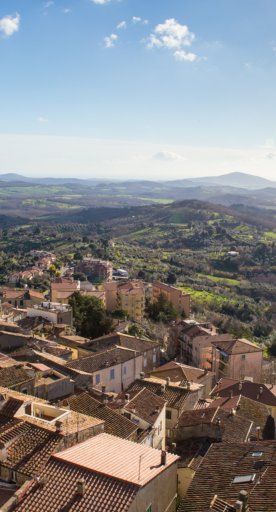Strolling around Massa’s historic centre
Historical and artistic itineraries at the foot of the Apuan Alps
Situated in a valley located near the Apuan Alps, the city of Massa sits along the Frigido stream. According to historical documents, it was founded in 882 and it became a medieval urban centre in the 11th and 12th centuries, acting as a fortified town for the Obertenghi feudal lords. The same document cites two settlements: Borgo Bagara, known as piazza degli Aranci today, and Curtis Quarantula,which is thought to be the area surrounding the Malaspina Castle. The city’s current appearance was deeply influenced by Elisa Baciocchi, Napoleon Bonaparte’s sister, who was the area’s Grand Duchess in 1809.
Baciocchi was responsible for annexing the Tuscan government to the French empire. Shecalled for piazza degli Aranci to be widened, its last renovation to this day. In the middle of the piazza, you’ll find a marble obelisk supported by four statue-fountains representing lions. It was built in 1853 to honour the Dukes Francesco IV and Francesco V of Modena. The imposing Ducal Palace, also known as Palazzo Rosso, dominates the piazza; it currently houses the city’s Provincial Administration. From the 15th to 19th centuries, it hosted to the Malaspina family. The oldest part of the palace dates to 1557, and its construction was funded by Alberico I Cybo. In 1705, it was redesigned by the architectural geniuses Giovan Francesco and Alessandro Bergamini.

In via Alberica, visitors won’t want to miss a visit to the Diocesan Museum, located in one of Massa’s most well-known historical palaces, Palazzino dei Cadetti. Built at the end of the 16th century by Alberico I Cybo Malspina, until 1970 it was used as a headquarters for the diocese’s ten main bishops. Art lovers will delight in a three-piece painting by Bernardino del Castelletto and other works by Jacopo della Quercia, Felice Palma, Agostino Ghirlanda and Domenico Fiasella. If you walk along via Dante, you’ll reach the Cathedral of Santi Pietro e Francesco.
The basilica was built in the 1800s, while its façade was finished much later, in 1936. It was originally a Franciscan monastery built on the orders of Marquis Jacopo Malaspinain the mid-15th century. Those interested in seeing other places of worship in town won’t want to miss the vast, modern Church of San Sebastiano in piazza Palma. Nearby, you’ll also find Teatro Guglielmi, built in 1880 as a court theatre and named after Alessandro Guglielmi, a musician from Massa. On the south-eastern side of town, walk along viale Chiesa until reaching the Church of the Misericordia, built in 1629. With its apse and lateral chapels, this gem still maintains its original architectural structure.
